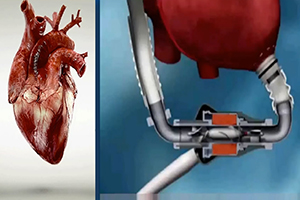Temporary support strategies for cardiogenic shock: extracorporeal membrane oxygenation, percutaneous ventricular assist devices and surgically placed extracorporeal ventricular assist devices
Abstract
The majority of clinical pathways and paradigms utilized in the treatment and management of cardiogenic shock with temporary mechanical circulatory support (MCS) are largely based on individual physician intuition and ad hoc problem-solving. Substantial mortality gains in the acute myocardial infarction cardiogenic shock (AMI-CS) population were observed with the reported outcomes of the SHOCK trial in 1999 compared to previous populations with AMI-CS. Nonetheless even in the age of percutaneous coronary intervention (PCI) of the infarct related artery, survival rates continue to be only approximately 50%. The conventional focus since the SHOCK trial has centered on revascularization strategies and the subsequent medical management of these patients post-PCI with ever diminishing returns. Perhaps we have hit the “glass ceiling” with current strategies and it is time to explore novel strategies to salvage not only the heart but more importantly the patient and potentially more of both. Going forward, researchers need to focus on developing a systematic approach to problem solving in utilizing MCS for patients with cardiogenic shock. Effective methodologies that are evidence based will help physicians in their decision-making when considering temporary MCS for patients.
Cover






